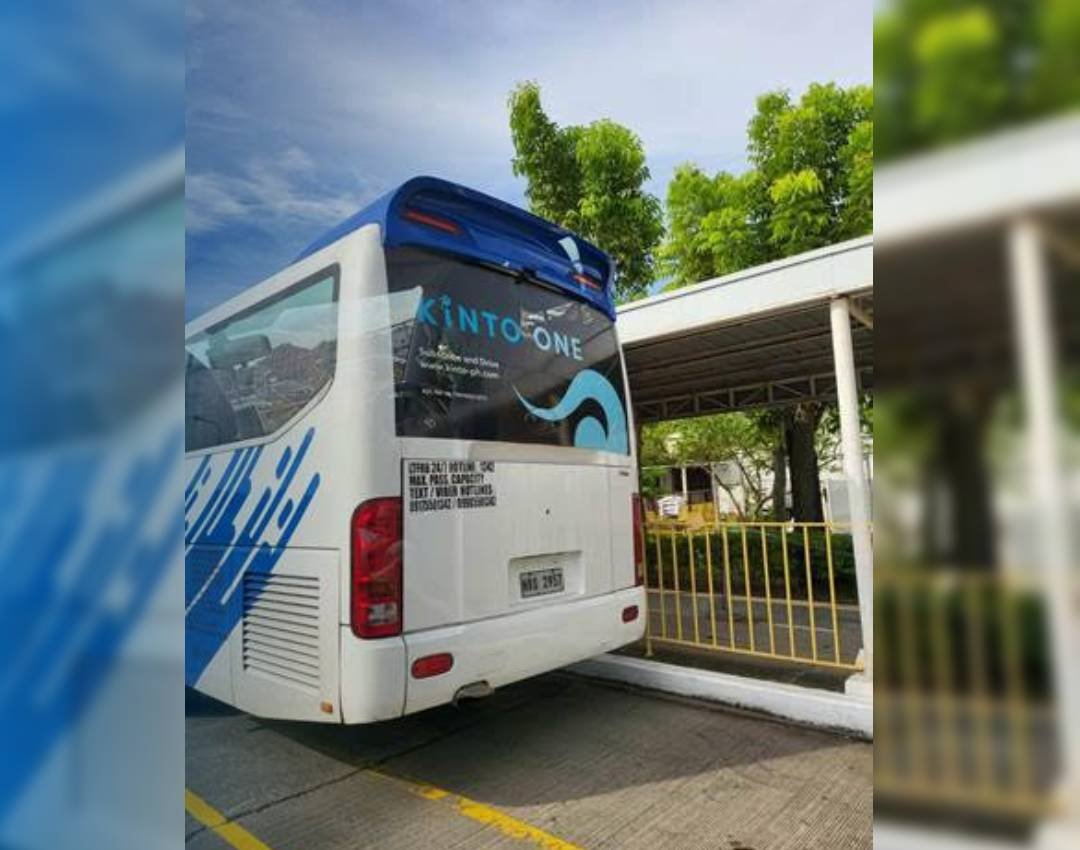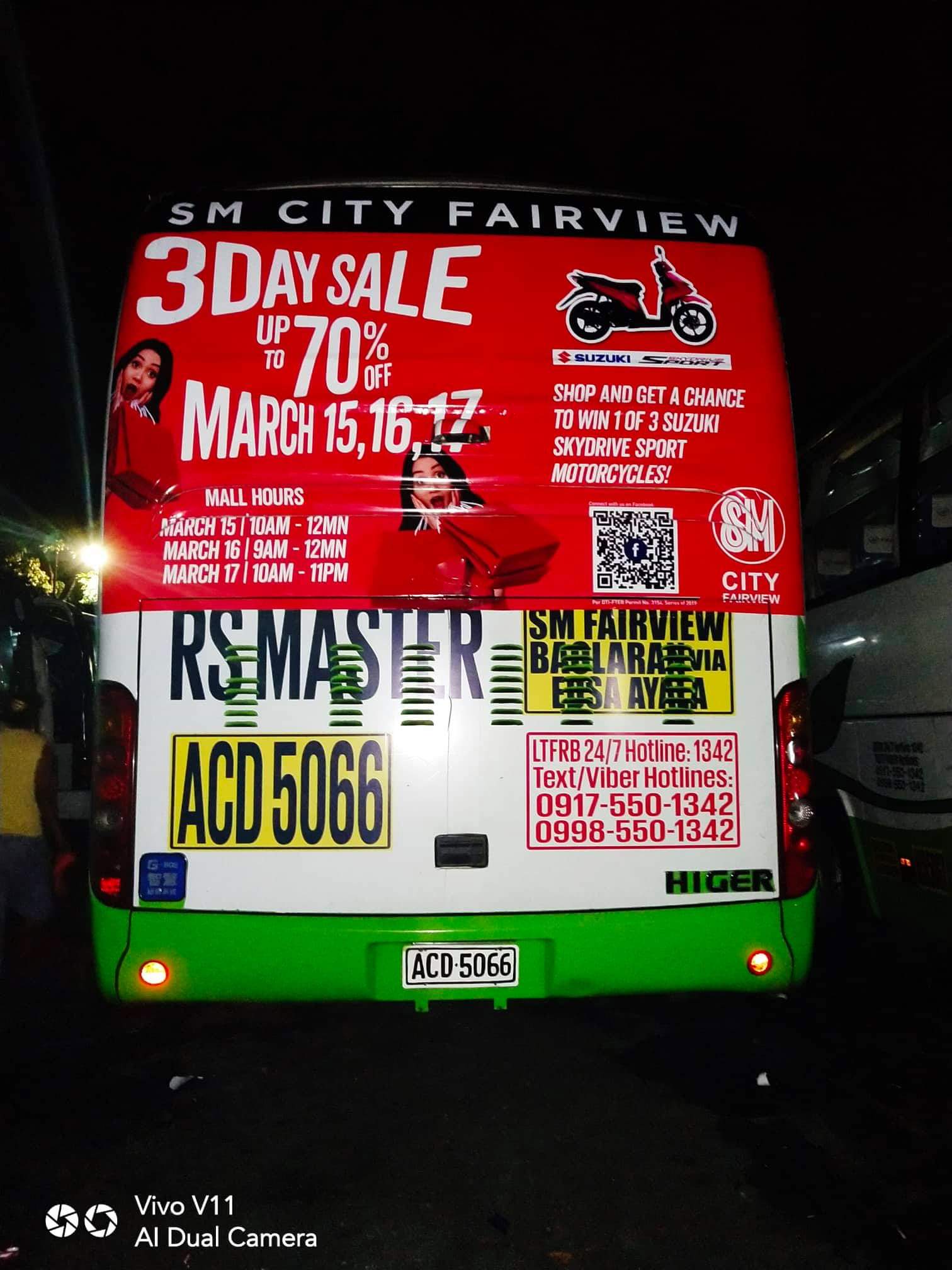Boost Your Business with Transit Advertising Philippines
Boost Your Business with Transit Advertising Philippines
Blog Article
Comprehending the Duty of Transit Marketing in Enhancing Brand Name Exposure and Customer Engagement
Transportation advertising has actually emerged as a crucial aspect in the advertising landscape, offering one-of-a-kind chances for brand names to raise their visibility and involve customers efficiently. With the capacity to reach a varied and captive target market during their everyday commutes, these advertising and marketing methods are not merely regarding presence; they have to do with creating significant connections with possible clients. As we discover the complex advantages and cutting-edge techniques within transportation marketing, it comes to be necessary to take into consideration just how these elements collectively influence consumer perception and behavior, raising questions about their long-term impact on brand loyalty.
Meaning of Transit Marketing
Transit advertising describes the method of promoting items, solutions, or brands through advertisements positioned around mass transit systems. This form of advertising and marketing incorporates a range of placements, consisting of posters on trains and buses, electronic screens at transit terminals, and covers on the exterior of lorries. It intends to reach a diverse audience, profiting from the high foot web traffic connected with public transportation.
Transit advertising is purposefully positioned to record the interest of commuters, that often spend substantial time waiting or traveling. By integrating advertisements right into the daily regimens of individuals, brand names can create a long-term impression and foster brand name recognition. The tool is particularly reliable in urban settings, where public transportation is a key mode of traveling.
Additionally, transportation advertising can promote localized targeting, permitting services to reach particular demographics based upon transit routes and terminal areas. As metropolitan populations expand and using public transport rises, this advertising approach has gotten prominence as an important part of incorporated marketing strategies. The dynamic nature of transit advertising, incorporated with its ability to engage consumers in a captive atmosphere, emphasizes its significance in contemporary marketing techniques.
Advantages of Transit Advertising
The efficiency of transportation advertising and marketing depends on its ability to provide a plethora of benefits to brands seeking to enhance exposure and interaction. Among the key advantages is the comprehensive reach it supplies; transportation advertisements can successfully target varied demographics throughout urban areas, getting to both travelers and pedestrians alike. This wide direct exposure substantially enhances brand understanding.
An additional benefit is the high frequency of perceptions. As transportation lorries follow recognized routes and quit at multiple locations, they develop recurring direct exposure that enhances brand name messages. This regularity promotes experience, which is vital in customer decision-making.
Transit advertising and marketing is likewise economical contrasted to various other media platforms. Provided its expansive reach and potential for high impressions, brands frequently experience a lower price per thousand impacts (CPM), maximizing their advertising budget.
Additionally, transit ads can develop a sense of community link. By lining up with local transit systems, brand names can resonate with regional target markets and promote a sense of neighborhood pride. This localized strategy improves brand commitment and interaction, making transit advertising an engaging option for businesses intending to strengthen their existence out there.

Reliable Strategies for Transportation Projects
To make the most of the impact of transit projects, brands must utilize tactical preparation and implementation tailored to their target market. Initially, identifying the demographic attributes of the audience making use of public transit is critical. This allows brand names to develop customized messaging that reverberates with potential clients.
Following, selecting the best transportation mediums is vital. Whether making use of bus wraps, train posters, or electronic displays, each medium has special advantages that can improve presence. As an example, lively visuals on bus wraps can stand out, while electronic ads can be updated regularly to show prompt promos.
Moreover, integrating a cohesive branding method throughout transit systems ensures consistency and reinforces the brand's identification. Making use of appealing styles and remarkable taglines will reinforce brand recall among commuters.
Lastly, timing is an essential consider carrying out effective transportation projects. Introducing campaigns during top travel hours or regional events can substantially increase visibility and engagement. By employing these strategies, brand names can properly harness the possibility of transportation advertising and marketing, cultivating higher understanding and connection with their target audience. Ultimately, a well-executed transportation project can drive significant development in brand visibility and consumer engagement.

Gauging Influence and Involvement
In examining the effectiveness of transit ad campaign, exact measurement of impact and involvement is important for brand names seeking to optimize their advertising and marketing methods. Metrics such as reach, frequency, and impressions offer fundamental data to assess visibility. Assessing these factors assists determine the amount of potential consumers are revealed to the promotions during their More Help daily commutes.
Engagement can be additional assessed with consumer interactions, such as website traffic, social media sites discusses, and direct feedbacks to calls-to-action featured in the ads. Utilizing devices like QR codes or unique Links can promote monitoring of customer habits directly linked to transportation projects. Surveys and responses visit site mechanisms likewise function as important techniques to collect qualitative data on consumer understandings and recall of the promotion.
Furthermore, progressed analytics and acknowledgment versions can correlate transit direct exposure with succeeding purchasing habits, using understandings right into the roi. By utilizing a detailed strategy that combines qualitative and quantitative steps, brands can establish a nuanced understanding of their transportation advertising and marketing influence. Inevitably, this data-driven approach enables brands to refine their campaigns, ensuring they resonate effectively with target audiences and improve overall brand name exposure.
Study of Successful Projects
Effective transit advertising campaigns work as compelling examples of how efficient techniques can raise brand visibility and involvement. Transit Advertising Philippines. One noteworthy situation is the "I Love New york city" campaign, which transformed the city's photo and brought in numerous visitors. By utilizing train advertisements, billboards, and bus covers, the campaign produced a solid, cohesive brand identity, causing a substantial uptick in tourism and regional organization patronage
An additional exemplary project is Coca-Cola's "Share a Coke" effort, which leveraged transit advertising to personalize the brand name experience. By featuring prominent names on marketing products throughout different transit systems, Coca-Cola fostered a much deeper emotional link with consumers, encouraging them to share their experiences on social media sites.
Furthermore, the "Got Milk?" campaign properly used mass transit advertisements to get to a broad target market, strengthening the message of the importance of milk in a well balanced diet. The project saw a measurable boost in milk consumption in target demographics.
These study illustrate that when implemented thoughtfully, transportation advertising can significantly improve brand name presence, foster consumer involvement, and drive measurable outcomes, demonstrating its crucial duty in contemporary advertising and marketing strategies. - Transit Advertising Philippines
Conclusion
In conclusion, transit advertising serves as a crucial device for boosting brand name presence and cultivating customer interaction. go Eventually, the capability to determine interaction and evaluate successful case studies underscores the effectiveness of transportation advertising and marketing in driving brand name commitment and customer interactions.
Transit advertising and marketing has actually emerged as a critical element in the marketing landscape, supplying special possibilities for brands to raise their presence and involve consumers efficiently.Additionally, transit advertising can facilitate local targeting, enabling companies to reach details demographics based on transit courses and station locations.In reviewing the efficiency of transit advertising and marketing projects, accurate dimension of influence and engagement is crucial for brand names seeking to maximize their marketing approaches.Successful transportation marketing projects serve as engaging examples of exactly how effective methods can elevate brand name visibility and involvement.In conclusion, transportation advertising serves as a vital tool for boosting brand presence and fostering consumer involvement.
Report this page